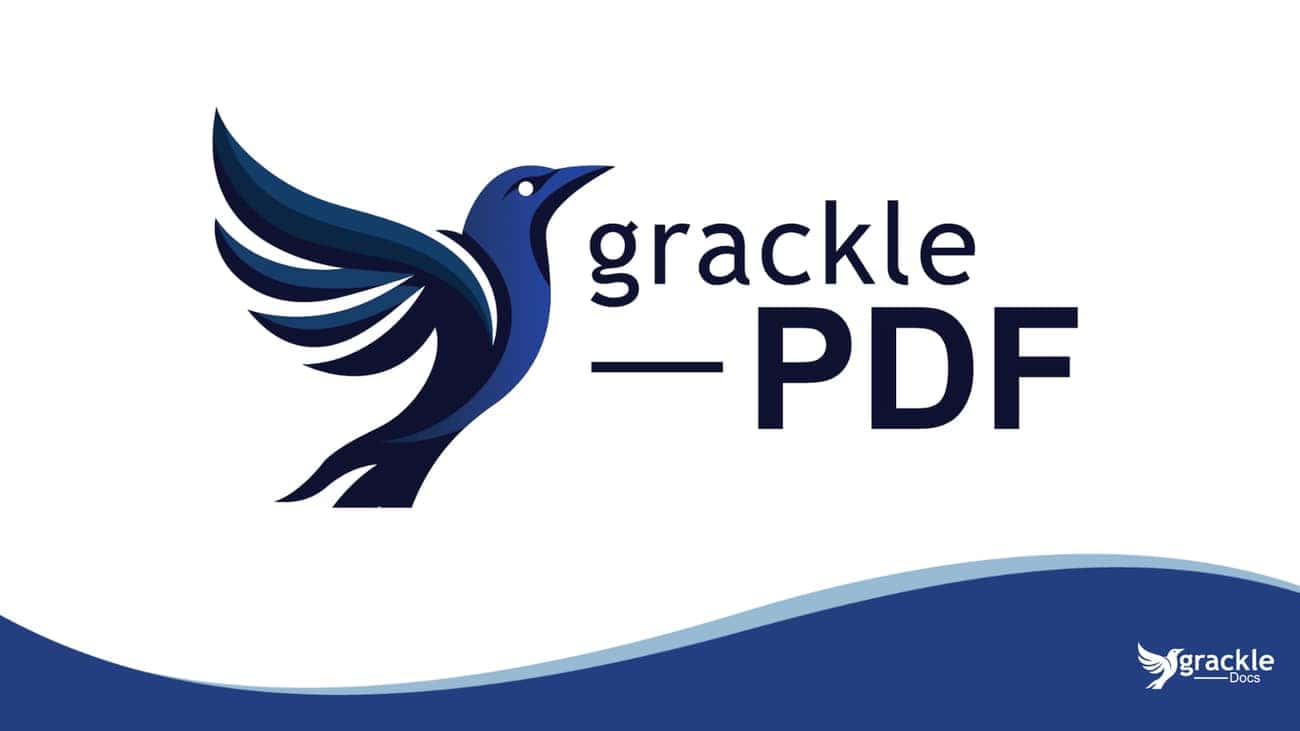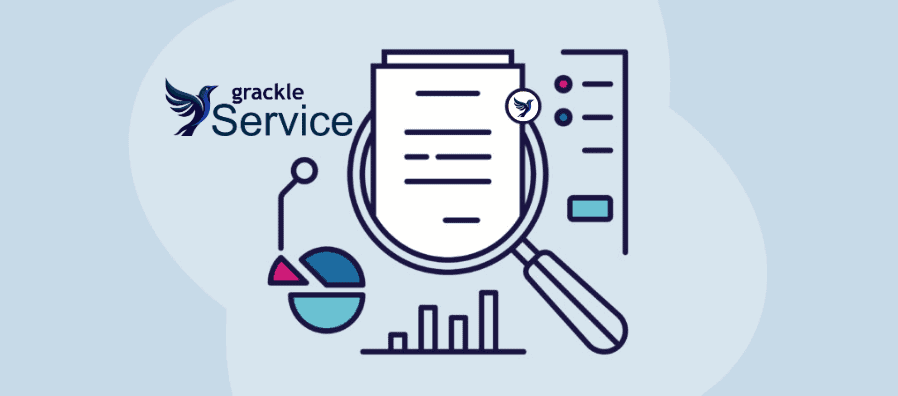Digital tilgjengelighet i Australia styres av en kombinasjon av lovgivning, standarder og retningslinjer som skal sikre at digitalt innhold og digitale tjenester er tilgjengelige til alle australiere, også de med nedsatt funksjonsevne.
Diskrimineringsloven av 1992 om funksjonshemmede (DDA)
Den Diskrimineringsloven av 1992 om funksjonshemmede (DDA) understreker Australias forpliktelse til å forhindre diskriminering av personer med nedsatt funksjonsevne, og utvider prinsippene til å omfatte digital tilgjengelighet. Denne loven pålegger tjenesteleverandører, særlig i det digitale domenet, som utviklere av nettsteder og apper, å sørge for at plattformene deres er tilgjengelige for personer med nedsatt funksjonsevne. Den australske menneskerettighetskommisjonen gir råd om hvordan DDA skal anvendes på digitale plattformer, og legger vekt på å overholde Retningslinjer for tilgjengelighet til webinnhold (WCAG) for å fremme inkludering.
Disse retningslinjene fungerer som et fyrtårn for å skape tilgjengelige nettområder, og sikrer at alle, inkludert personer med nedsatt funksjonsevne, har tilgang til digital informasjon og digitale tjenester som en grunnleggende rettighet. DDA gjør det mulig for enkeltpersoner å gå til søksmål mot virksomheter som ikke overholder retningslinjene, noe som styrker et ansvarlig digitalt landskap. Gjennom denne lovgivningen og veiledningen fremmer Australia et digitalt inkluderende samfunn, og tar til orde for barrierefri tilgang til digitalt innhold og digitale tjenester.
Retningslinjer for tilgjengelighet til webinnhold (WCAG)
I Australia går Human Rights Commission inn for å følge WCAG 2.0-standardene som et omfattende tiltak for å gjøre digitalt innhold tilgjengelig for allemed sikte på å forhindre rettslige utfordringer. Selv om dette fungerer som en bred retningslinje, finnes det et nyansert landskap av digital tilgjengelighet krav på tvers av ulike jurisdiksjoner i landet. Føderale etater forventes for tiden å oppfylle WCAG 2.1 nivå AA-standarder, noe som setter en høy standard for digital inkludering og brukeropplevelse.
Kravene kan imidlertid variere på delstatsnivå, og enkelte delstater, som Vest-Australia, stiller krav om WCAG 2.0-samsvar for sine offentlige nettsteder og tjenester. Denne differensierte tilnærmingen til digital tilgjengelighet anerkjenner de ulike behovene til personer med nedsatt funksjonsevne, samtidig som man arbeider for å gjøre digitale plattformer mer brukervennlige for et bredere publikum. Ved å vedta disse standardene viser Australia at landet har forpliktet seg til å bygge ned digitale barrierer og skape et mer et tilgjengelig og oversiktlig nettområde for alle innbyggere, og sikre likeverdig tilgang til digital informasjon og digitale tjenester på tvers av både føderalt og statlig nivå.

Den australske menneskerettighetskommisjonen (AHRC)
Den Den australske menneskerettighetskommisjonen (AHRC) spiller en sentral rolle i å sikre digital tilgjengelighet, som er i tråd med Disability Discrimination Act (DDA). Den tilbyr veiledning og ressurser til organisasjoner for å hjelpe dem med å gjøre sine digitale plattformer tilgjengelige for personer med nedsatt funksjonsevne. Dette inkluderer praktiske råd om utforming av nettsteder og mobilapper som oppfyller tilgjengelighetsstandarder. AHRC behandler dessuten klager på manglende digital tilgjengelighet, og tilbyr en løsningsmulighet når digitale tjenester ikke er tilrettelagt for brukere med nedsatt funksjonsevne.
Gjennom sin klageløsningsmekanisme opprettholder AHRC ikke bare rettighetene til personer med nedsatt funksjonsevne, men understreker også nødvendigheten av å overholde digital tilgjengelighet retningslinjer. AHRCs doble tilnærming med veiledning og håndhevelse understreker deres engasjement for å skape et inkluderende digitalt miljø i hele Australia, og fremmer en kultur der digital tilgjengelighet prioriteres og integreres i kjernen av det digitale tjenestetilbudet.
Byrået for digital transformasjon (DTA)
Den australske regjeringen har fastsatt prinsipper for å fremme digital inkludering gjennom sin Standard for digitale tjenester, spesielt gjennom kriterium 9, som pålegger å gjøre digitale tjenester tilgjengelige for alle brukere, inkludert funksjonshemmede. Dette direktivet, som er beskrevet på nettstedet til Digital Transformation Agency, understreker viktigheten av å utforme og levere digitale tjenester som er i samsvar med retningslinjene for tilgjengelig webinnhold (WCAG) for å sikre at alle australiere kan bruke dem uten hindringer.
Standarden understreker behovet for at digitale plattformer skal være synlige, brukbare, forståelige og robuste, slik at brukere med ulike funksjonsnedsettelser kan få tilgang til og navigere i disse tjenestene på en effektiv måte. Ved å følge disse retningslinjene viser den australske regjeringen at den er opptatt av å skape et mer inkluderende digitalt miljø, der digitale tjenester utvikles med tilgjengelighet i høysetet, slik at alle innbyggere får tilgang på like vilkår.
Standard for tilgjengelige IKT-anskaffelser
AS EN 301 549 representerer Australias engasjement for å fremme digital inkludering gjennom standarden for tilgjengelige IKT-anskaffelser. Standarden er i tråd med det globale presset for å gjøre teknologi tilgjengelig for alle brukere, inkludert funksjonshemmede. Spesielt avsnitt 9 i AS EN 301 549 beskriver nøye kravene til webtilgjengelighet, i tråd med Web Content Accessibility Guidelines (WCAG) 2.1 Level AA.
Den legger vekt på fem kritiske krav til samsvar for nettsider: å oppnå det angitte samsvarsnivået (nivå AA), sikre at hele sider er tilgjengelige, garantere at komplette prosesser (for eksempel transaksjoner eller navigasjon) er tilgjengelige, kun bruke teknologi som støtter tilgjengelighet, og opprettholde ikke-interferens, noe som betyr at nettstedet ikke hindrer tilgjengeligheten til andre elementer. Ved å følge disse prinsippene sikrer AS EN 301 549 at IKT-anskaffelser i Australia prioriterer tilgjengelighet på nettet og legger til rette for lik tilgang til digitalt innhold og digitale tjenester for personer med ulike funksjonsnedsettelser, noe som fremmer et inkluderende digitalt miljø.



